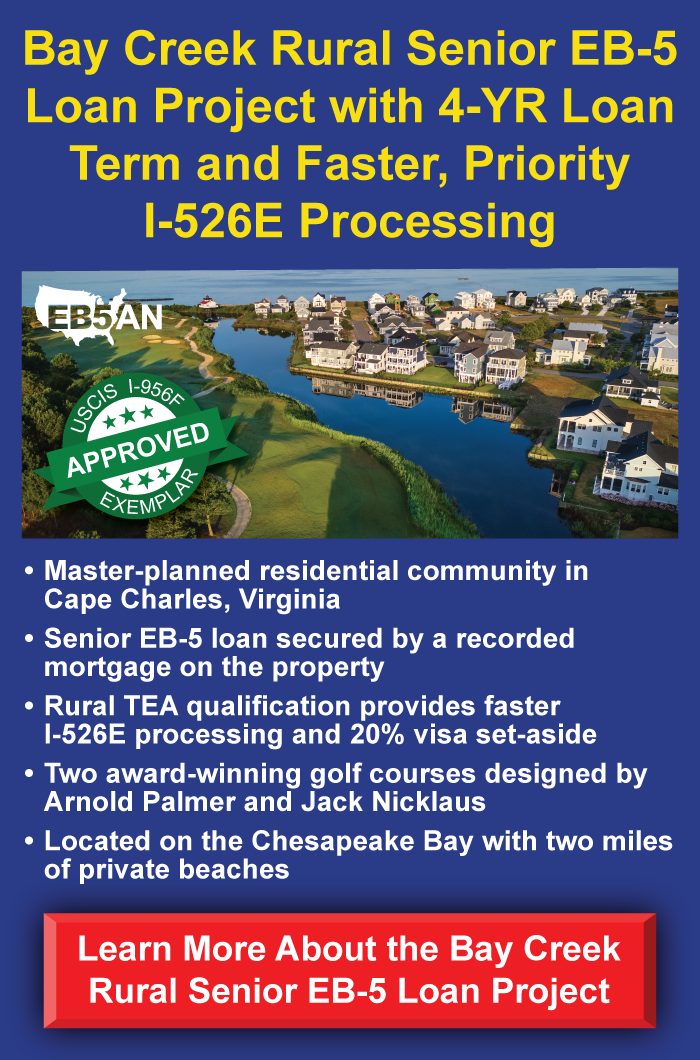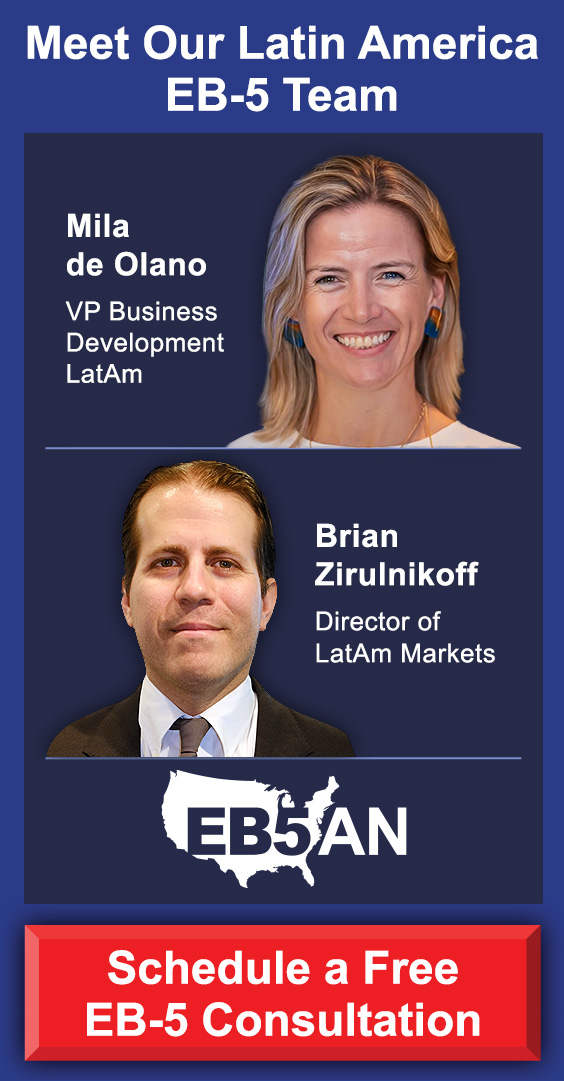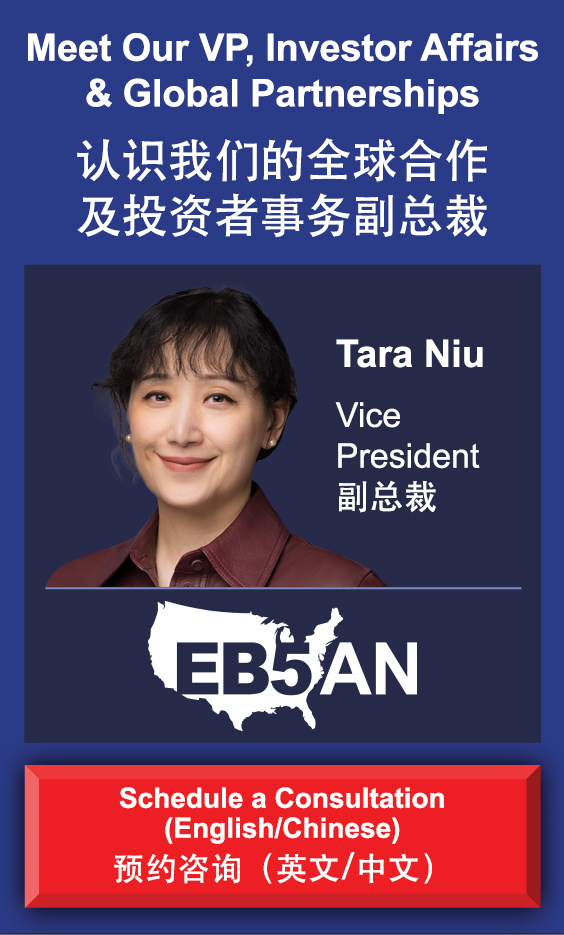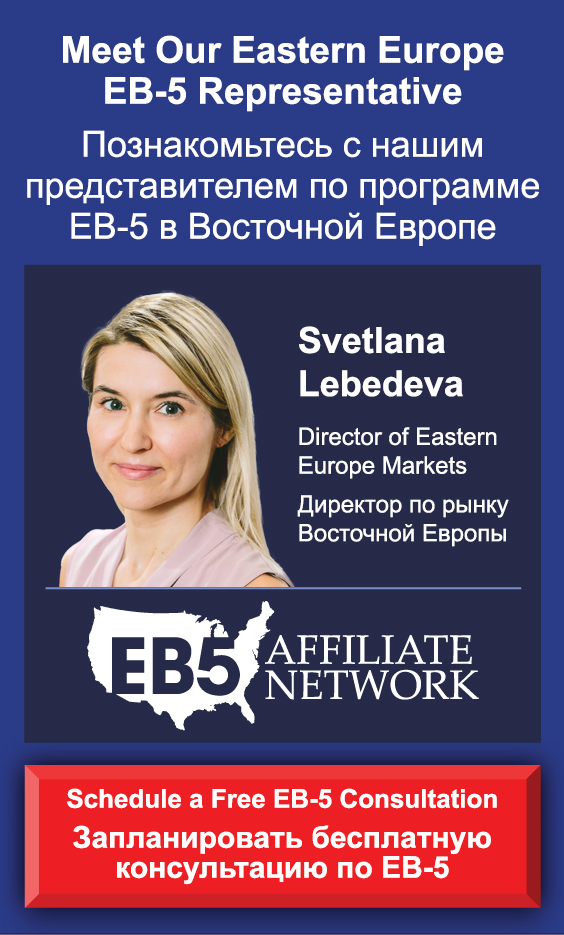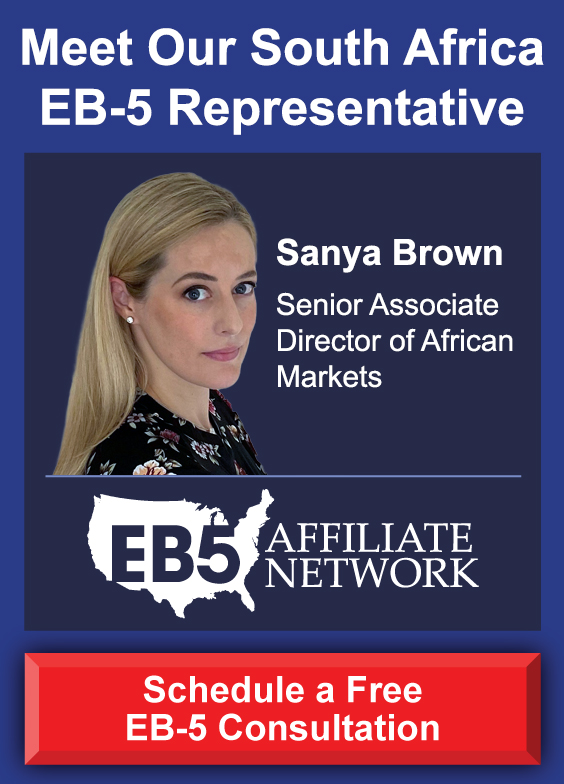On September 19, 2025, President Trump announced a sweeping change to the H-1B visa program. Under the new policy, companies that sponsor foreign professionals will now be required to pay an annual $100,000 fee for every H-1B employee they hire. The administration framed this as a measure to shift more opportunities to American workers while discouraging what it views as an overreliance on foreign talent in certain industries.
This move has immediate implications for the fields in which H-1B workers play a key role. Indeed, Reuters calls it a “blow to tech.”
With this fee being so steep, many employers will be discouraged from sponsoring new H-1B applicants. As a result, companies are expected to reduce the number of H-1B petitions they file, leaving many highly skilled foreign nationals uncertain about their future in the United States.
At the same time, more people will be looking closely at other visa options that allow them to live and work in the U.S.
With H-1B visas becoming harder and more expensive to keep, EB-5 is increasingly viewed as one of the few straightforward routes to permanent residency: a ticket to live and work in the U.S. long term.
The Trump Administration’s Changes to the H-1B Program: An Overview
What This Means for You
The EB-5 and H-1B Visas, Side by Side
As Trump Administration Restricts Temporary Visa Programs, EB-5 Remains Unchanged
The Trump Administration’s Changes to the H-1B Program: An Overview
Employers seeking to sponsor new H-1B workers will now have to pay a $100,000 fee for each petition. That is a significant increase from the previous H-1B fees, which typically ranged from around $2,000 to $5,000 per petition.
The new rule took effect beginning September 21, 2025, for new petitions. USCIS specified that the guidance applies to “H-1B visa petitions filed after 12:01 a.m. eastern daylight time on Sept. 21, 2025.”
The policy is written to last for 12 months, unless extended.
The stated aim is to reduce the misuse of the visa system, ensure that American workers aren’t being undercut, raise wage standards, and shift the program toward truly high-skilled, high-paid positions. As the USCIS director explained in a September 20 memorandum, the order was issued “to address systemic abuse of H-1B nonimmigrant visas.”
Because such a sweeping policy risks unintended consequences, there was confusion early on: Was this fee annual or one-time? Does it apply to existing visa holders or only new ones?
The White House later clarified that the fee is not annual, but rather a one-time fee per petition, and that it will only apply to new H-1B applicants—people applying in the next lottery cycle (or new petitions from outside the U.S.), not those who already hold H-1B visas or who are renewing their status. USCIS points out that “this proclamation only applies prospectively to petitions that have not yet been filed.”
Even after the clarifications, many H-1B visa holders and applicants were taken by surprise. Reuters reported that H-1B workers abroad—particularly those from India and China—were “racing back to the U.S.” in the hours before the rule took effect, with some canceling or cutting short travel plans to avoid being locked out or charged the new fee. Major companies, including Amazon, Microsoft, JPMorganChase, and Goldman Sachs, circulated internal memos urging employees outside the country to return before the September 21 deadline and advising those already in the U.S. to postpone international travel until further notice.
Reactions have been mixed, though many lean toward concern or opposition.
In technology sectors, where H-1B visas are heavily used, leaders say this will sharply raise costs, especially for smaller firms and startups that don’t have massive budgets to absorb these new fees.
There are similar worries that this change will make the U.S. less attractive to global talent, slow down hiring, or push companies to offshore work. Some economists warn that the policy could hurt U.S. economic growth, innovation, and competitiveness.
On the other hand, there are those who support parts of the change. Some argue that the H-1B program has been used in ways that suppress wages or displace domestic workers. Commerce Secretary Howard Lutnick, in his comments on the policy changed, stressed that the new fee would make the job market fairer for domestic workers.
Some U.S. business and employer groups have pushed back hard. The U.S. Chamber of Commerce issued a statement saying it is “concerned about the impact on employees, their families and employers” and that it is “working with the Administration and our members to understand the full implications and the best path forward.” Industry bodies like India’s Nasscom have also warned that the abrupt implementation of the fee, and the lack of clarity around which petitions are covered or will be exempted, are creating “considerable uncertainty for businesses, professionals, and students across the world.”
On that last point, exemptions or potential exemptions have been built into the proclamation. The policy allows for discretion by key officials—the Secretary of Homeland Security, for instance, may exempt certain petitions if doing so is deemed to be in the national interest.
Also, the fee does not apply to people who already have H-1B status or to renewals and does not apply to re‐entry for those already holding visas: As USCIS noted plainly, the proclamation “does not apply to aliens who … are the beneficiaries of currently approved petitions, or are in possession of validly issued H-1B non-immigrant visas.”
The administration says this change is part of a broader push to reform immigration, especially in the high-skilled worker sphere. The goal seems to be to shift the balance from lower-wage H-1B jobs to focus on “elite” or high-paying roles.
What This Means for You
The current administration’s intentions are clear: They want H-1B visas to be significantly more expensive and more selective. For those seeking such visas—and perhaps for those already holding them—this makes predicting the long-term status of the program much more difficult.
The H-1B visa was always temporary and tied to a specific employer, but the administration’s move makes it far more restrictive. Many companies—especially smaller or mid-sized firms—will not be able to justify the cost of sponsoring foreign employees. As a result, the number of H-1B petitions is expected to shrink sharply.
For American workers, that may mean more opportunities. But for foreign professionals hoping to build a long-term career in the United States, the H-1B path has suddenly become less viable.
This narrowing of options highlights the EB-5 program as one of the few remaining routes that remains practical in 2025. EB-5 does not depend on employer sponsorship, and it does not result in a temporary work visa. Instead, it provides a permanent U.S. Green Card, allowing investors and their families to live and work anywhere in the country.
With a one-time investment of $800,000 in a qualifying project, EB-5 applicants can receive Green Cards for themselves and their families in a matter of months.
EB5AN’s own investors have received Green Cards in only nine months—and work and travel documents in as little as 33 days.
The shift is especially significant for Indian nationals, who make up the largest share of H-1B visa holders. About 71% of approved H-1B visa beneficiaries in FY 2024 were from India, primarily in the tech sector.
These are the very individuals most exposed to the $100,000 fee and its ripple effects. Many who once saw H-1B as the only path forward may now reconsider EB-5 as a more secure alternative. As permanent residents, Indian professionals can pursue their careers in the United States without worrying about renewals, lottery odds, or the next round of policy changes—and without having the anxiety associated with employer sponsorship.
Under the revised H-1B visa, a foreign worker’s future in the United States depends on an employer being willing and able to spend $100,000 to sponsor them. In the meantime, the visa itself remains temporary, subject to renewal, and limited to a specific role within a specific industry.
Under EB-5, by contrast, a single investment secures permanent residency. EB-5 investors can work for any company in any sector or start their own businesses without fear of losing their status. They are free to chart their own careers, rather than tying their fate to the willingness of a sponsor.
Notice the differences between the EB-5 and H-1B visas.
The EB-5 and H-1B Visas, Side by Side
As Trump Administration Restricts Temporary Visa Programs, EB-5 Remains Unchanged
Trump’s new $100,000 H-1B sponsor fee makes the visa much harder to sponsor for companies. Employers will be far less likely to file petitions, and foreign professionals will face even greater competition for the few positions that remain.
For those hoping to live and work in the United States, the range of options has narrowed considerably.
But with a one-time EB-5 investment, investors and their families can secure permanent residency, work in any field, and build a future in the United States without relying on employer sponsorship.
For Indian professionals in particular—who account for most H-1B visas—the EB-5 program now stands out as one of the only practical paths to building your long-term career in America.
One of the first steps in any EB-5 journey is partnering with a reputable, trustworthy regional center operator. That’s where EB5AN comes in.
EB5AN has helped more than 2,700 families from 70+ countries become lawful permanent residents of the United States. Our expert team has more than a decade of experience, and we offer our clients first-rate, low-risk EB-5 regional center projects with a 100% USCIS project approval rate.
To discuss your current visa options, schedule a free consultation with EB5AN.



